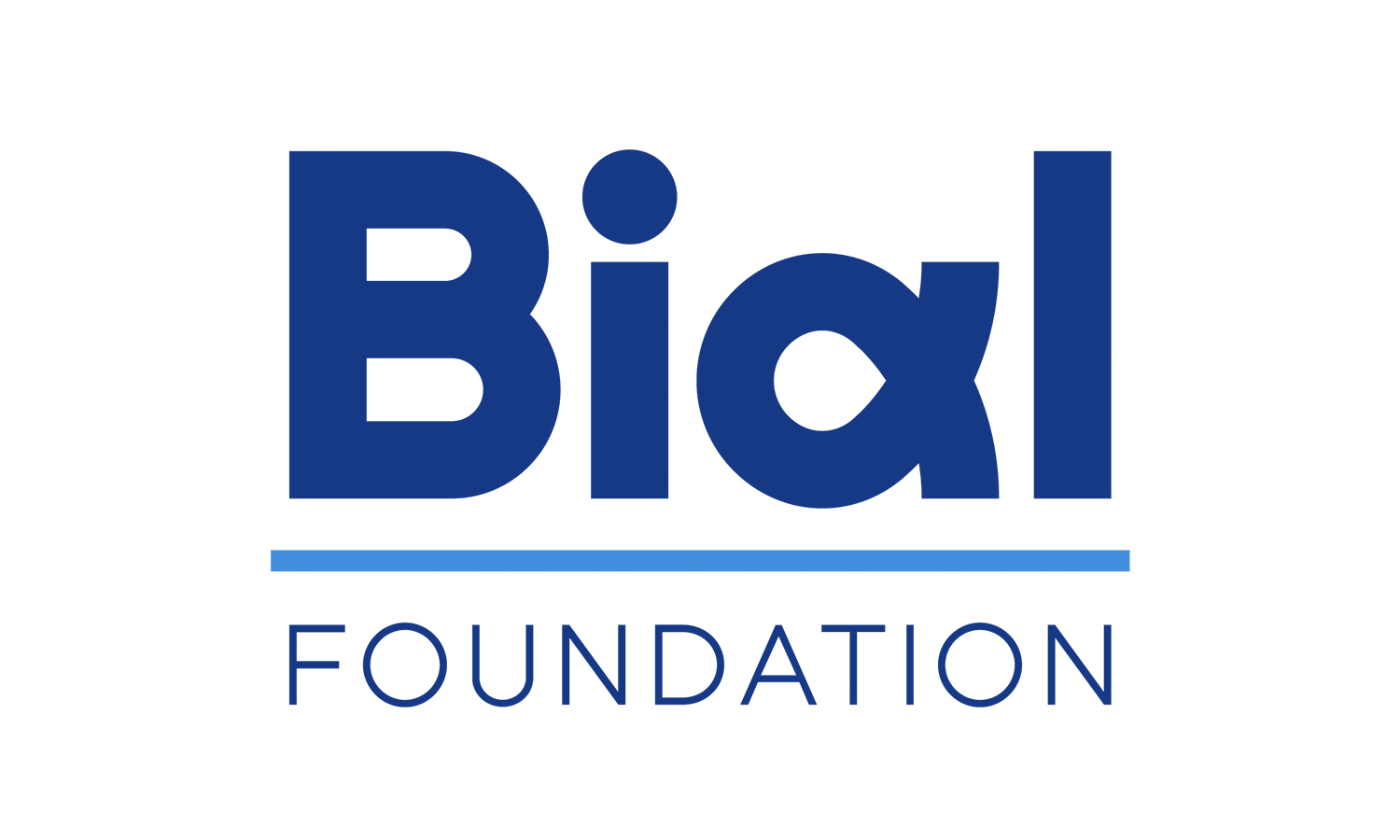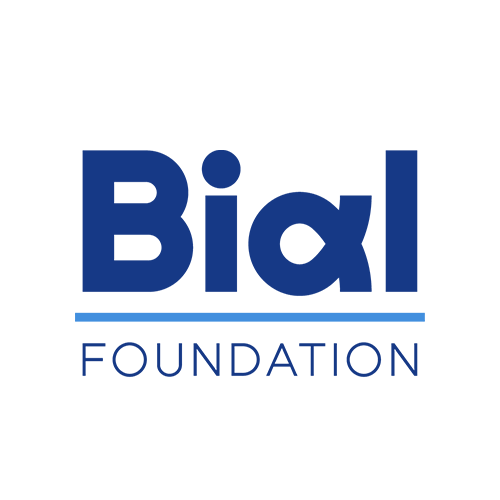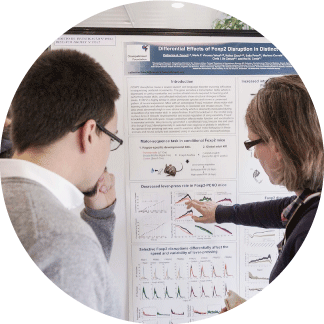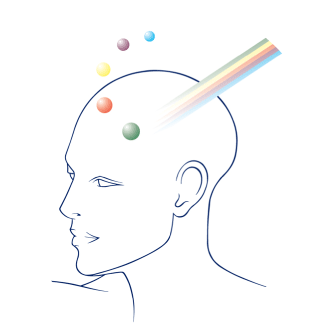News
Top Stories

Can we self-regulate our brain through training?
A study of neurofeedback reveals that the behavioural effects seem to be the same whether real or sham feedback is given.

Can highly superior autobiographic memory enhance creativity?
Constructive episodic processes relevant to creative thinking are not enhanced in individuals with highly superior autobiographical memory performance.

Do women show greater engagement for multitasking?
A study involving 167 UK participants showed that women believed to be consistently stronger on multitasking than men.
News

Prof. Peter Fenwick
The BIAL Foundation expresses profound sorrow on the passing of Prof Peter Fenwick, a unique figure in parapsychology worldwide, broadly awarded for his work on the process of death, including consciousness and near-death experiences.
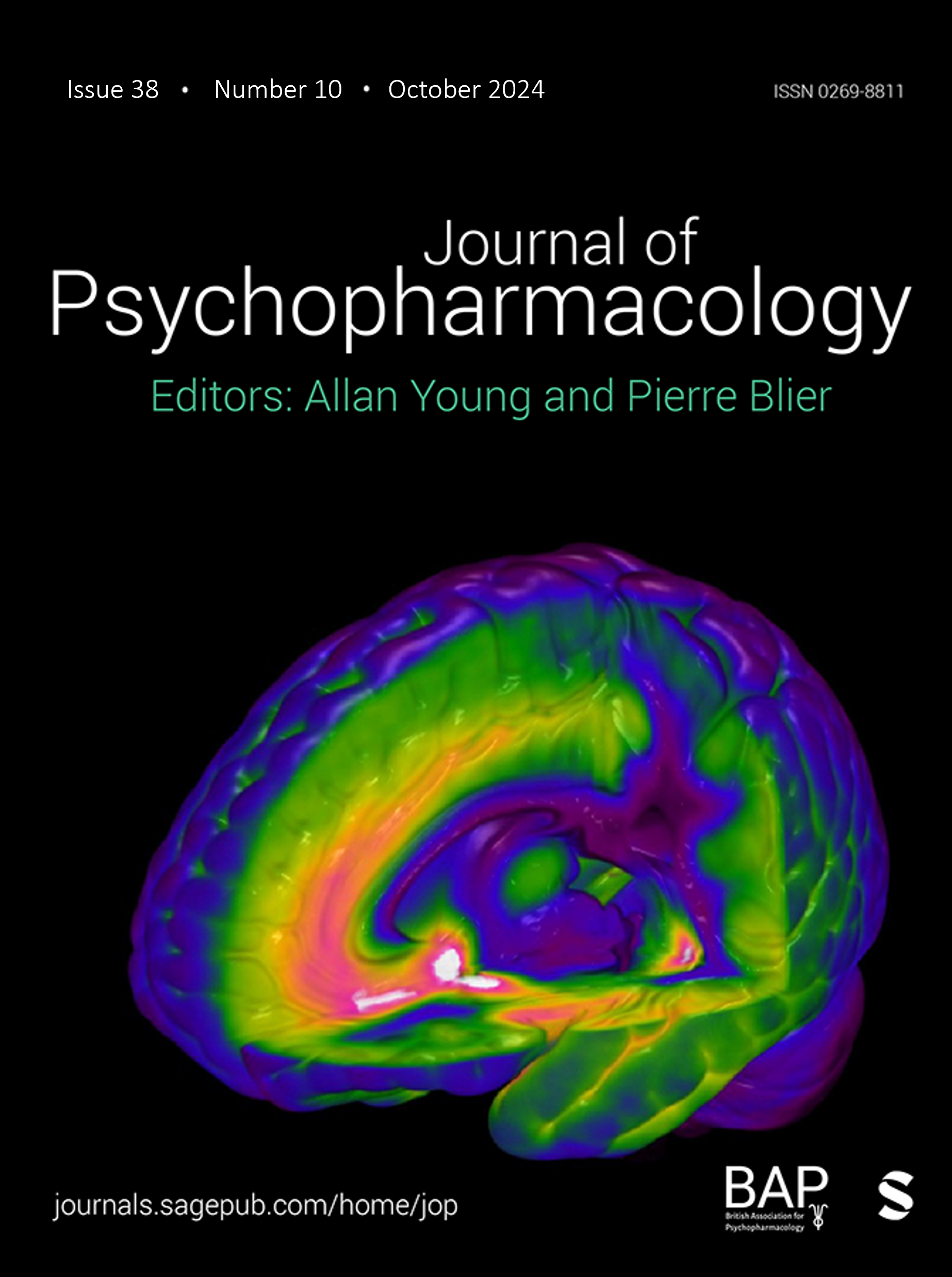
Can psychedelics enhance meditative training?
While the therapeutic evidence for meditation and psychedelics has been established as standalone interventions, recent research has started to point potential synergies in combining them. The research team led by Milan Scheidegger conducted a randomized placebo-controlled study aiming to test whether N,N-dimethyltryptamine (DMT), an active ingredient of ayahuasca, and harmine (DMT-harmine) combined with meditation increases (1) mindfulness, (2) compassion, (3) insight, and (4) mystical-type transcendence to a larger degree than meditation with a placebo during a 3-day mindfulness retreat. Findings showed that mindfulness and compassion were not significantly different in the DMT-harmine group compared to placebo. However, the DMT-harmine group self-attributed greater levels of mystical-type experiences, non-dual awareness, and emotional breakthrough during the acute substance effects compared to meditation with a placebo. It seems that DMT-harmine may support meditation and meditation-related well-being through eliciting experiences of insight, transcendence, and meaning rather than through mindfulness or compassion. This study was supported by the BIAL Foundation, in the scope of the research project 333/20 - Mindfulness and psychedelics: A neurophenomenological approach to the characterization of acute and sustained response to DMT in experienced meditators, and published in the Journal of Psychopharmacology, in the article Meditating on psychedelics. A randomized placebo-controlled study of DMT and harmine in a mindfulness retreat.

Maria de Sousa Award 2024 was delivered at the BIAL Foundation's 30th-anniversary celebration
Young researchers were awarded for their work on stem cells, stroke, ageing, fungal respiratory disease, and inflammatory bowel disease.

